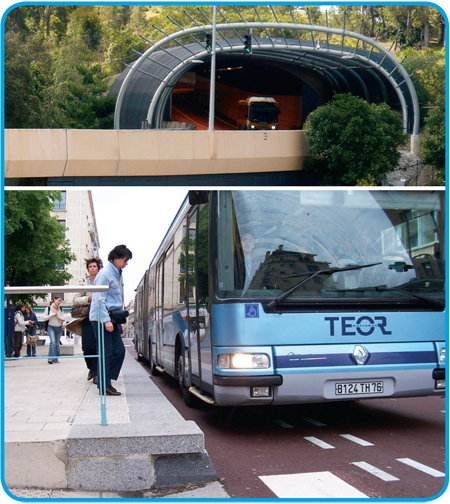I was recently reading in the Wall Street Journal how BRT is one of the hottest trends in urban mass transit. In the past, BRT has been used more widely in the developing world, but a growing number of North American and European cities realizing the value in combining BRT with rail-based systems.
BRT systems are now on every continent, including 49 cities with BRT corridors under construction and another 31 cities in the planning stages. The biggest systems are still in the developing world, in the rapidly growing cities in Asia, South Asia and Africa. For example, Delhi has 14.5 kilometres of busway approved and under construction, but is planning to add a whopping 394 kilometres!
Australia has taken to BRT with enthusiasm, with one of the oldest systems located in Adelaide, and others in operation or being built in Brisbane, Sydney and Melbourne. The Brisbane system has especially impressive stations – most of their stations have beautiful grade-separated pedestrian access between platforms, using covered overpasses reached by elevators.
Europe is gradually installing more BRT systems, from London to Helsinki, with one of the most well-known systems in Rouen, France. Rouen’s system launched in 2001, providing 40,000 trips a day and has since increased ridership by 60%. Its 66 optically-guided articulated buses use biofuels, which have reduced diesel fuel consumption by 30%, and greenhouse gas emissions by 15%.
In North America, several cities are expanding their rapid transit with BRT or BRT/rail combinations. Our recent Celebrating Canadian transit blog talked about some great examples of rapid transit, and several US cities have recently added short BRT corridors to their larger transit systems. One popular service is the 7.1 mile Health Line in Cleveland – named for the hospitals along this corridor. This service runs articulated buses offering first class comforts, and has shaved a typical travel time of 40 minutes down to 28 minutes. Not surprisingly, the Health Line has proven so popular since its 2008 launch that ridership has increased by 60%.
Having looked at examples of BRT moving large populations in Asia, South Asia and Africa, it will be interesting to watch the unique ways that North American and European cities continue to include BRT as part of their transit networks.

